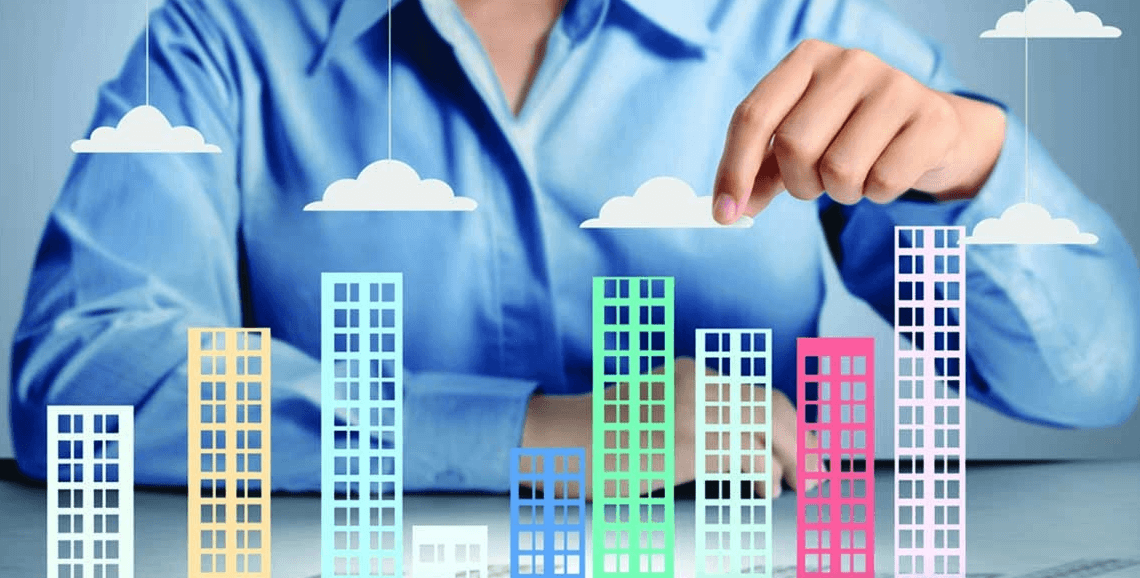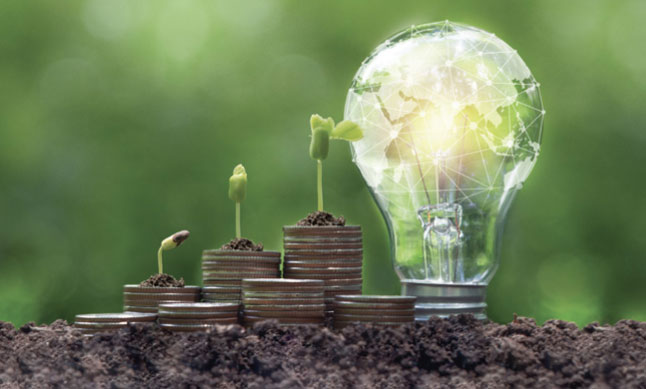Introduction
As awareness of climate change and environmental responsibility grows, eco-friendly developers are stepping into the spotlight as leaders of change in the real estate industry. Their mission extends beyond constructing buildings to creating sustainable communities that minimize ecological impact while enhancing the quality of life for residents. By embracing innovation, renewable energy, and nature-inspired design, eco-friendly developers are paving the way toward a greener and more resilient future.
Eco-friendly developers focus on incorporating environmentally responsible practices at every stage of development. From site selection and planning to construction and long-term operations, their projects are designed with sustainability in mind. They prioritize energy efficiency, reduced carbon emissions, and the use of renewable resources, ensuring that each property contributes positively to the environment while meeting the demands of modern living.
One of the defining characteristics of eco-friendly developments is their use of renewable energy and smart technologies. Solar panels, wind power, and energy-efficient systems are commonly integrated to lower energy consumption and reduce dependency on nonrenewable resources. Coupled with advanced insulation, climate-responsive design, and intelligent building management systems, these features create homes and workplaces that are both cost-effective and environmentally conscious.
Water conservation also plays a significant role in eco-friendly development. Developers often include rainwater harvesting, greywater recycling, and low-consumption fixtures to minimize water waste. Landscapes are designed with native and drought-resistant plants, creating green spaces that thrive naturally while conserving resources. This approach ensures communities remain sustainable even in regions facing water scarcity.
Eco-friendly developers also emphasize the importance of harmony between architecture and nature. Their projects frequently include green rooftops, vertical gardens, and ample open spaces that encourage biodiversity and provide healthier living environments. By integrating natural elements into design, these developers create spaces that promote wellness, reduce stress, and improve overall quality of life.
From an investment perspective, eco-friendly developments represent the future of real estate. As governments introduce stricter sustainability regulations and buyers increasingly prioritize environmental responsibility, these properties hold strong market appeal. Their durability, efficiency, and alignment with global sustainability goals ensure long-term value for both residents and investors.
Conclusion
Eco-friendly developers are redefining real estate by merging sustainability with modern innovation. Their projects demonstrate that responsible development can create thriving communities while protecting the planet for future generations. As demand for sustainable living continues to rise, eco-friendly developers will remain central to shaping a greener, healthier, and more resilient built environment.




